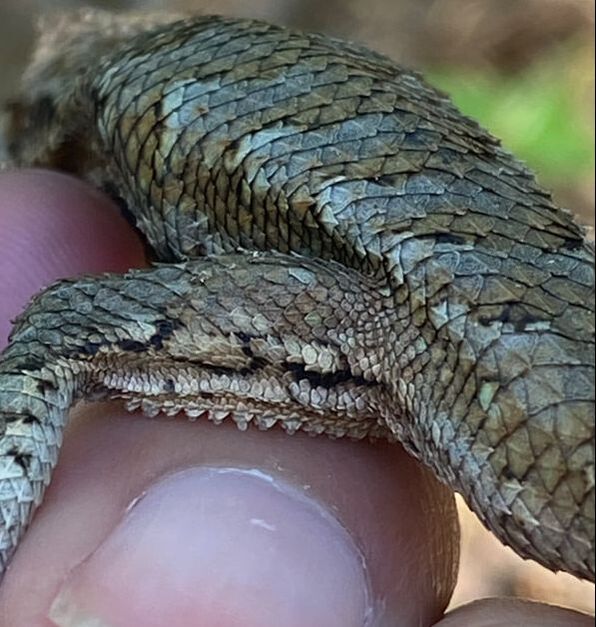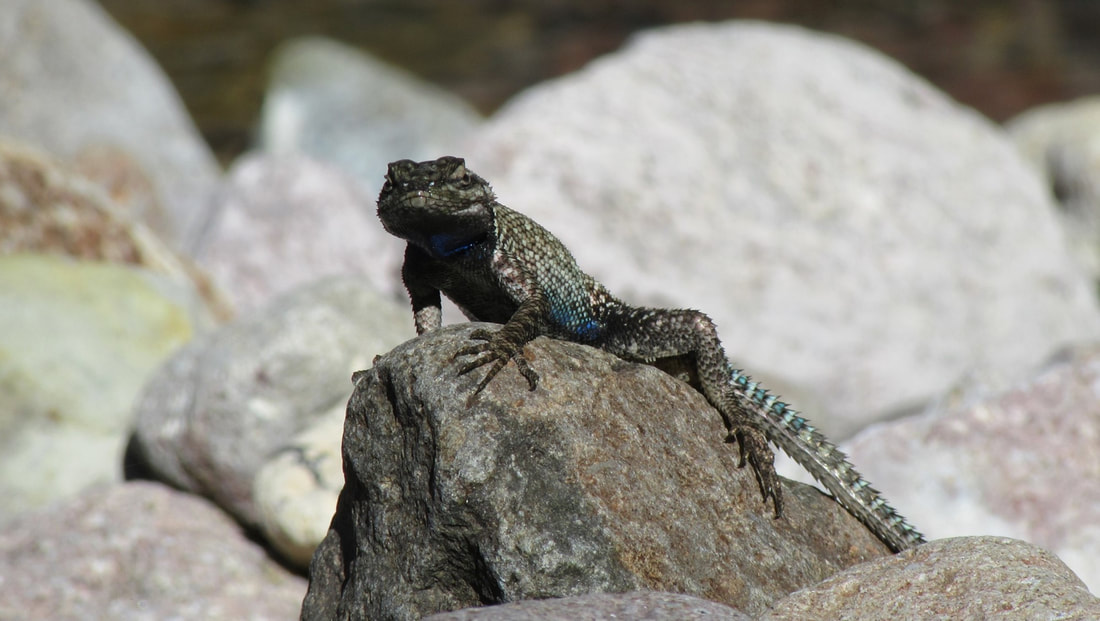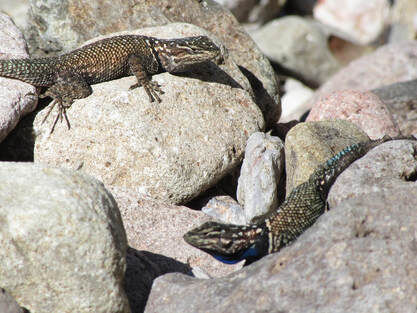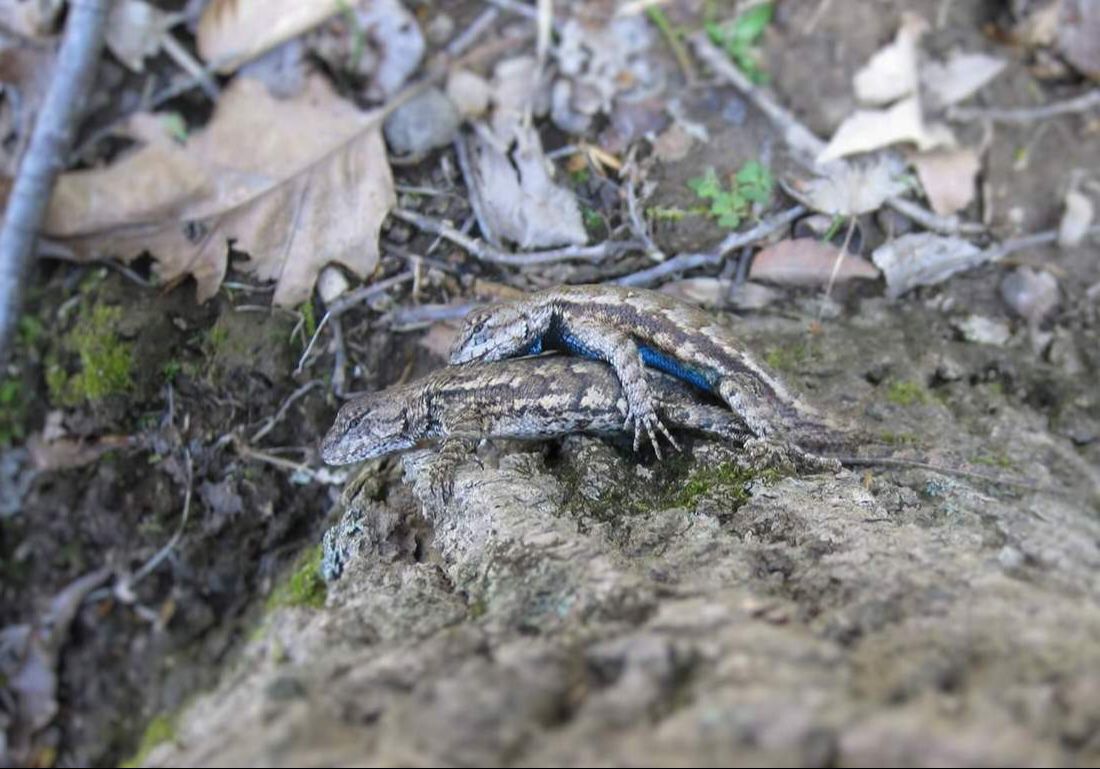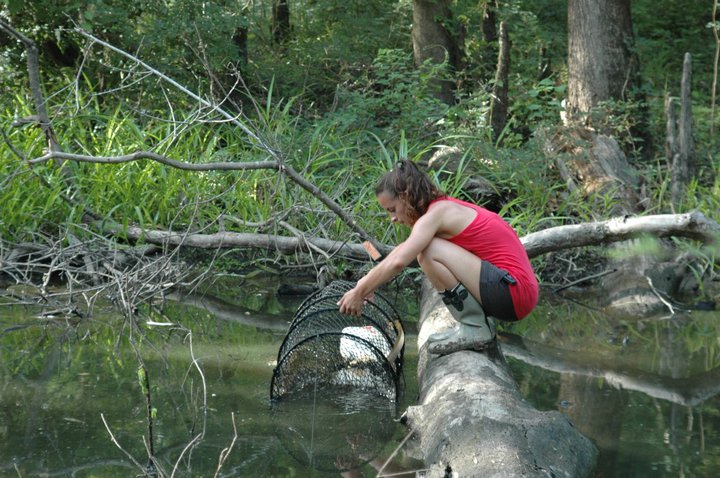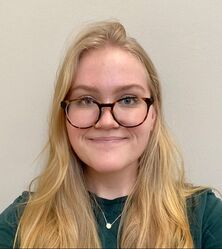The question that drives my research is, "how do chemicals control our social lives?" I am interested in how endocrine and exocrine chemical signals modulate social behavior in territorial animals, and I approach this research from an integrative and comparative perspective. My research integrates the fields of chemical and behavioral ecology with neuroendocrinology and I use lizards as an animal model. My current animal models include several species from the genus Sceloporus and Anolis carolinensis.
I examine the role of arginine vasotocin in mediating territorial and reproductive interactions through the chemical sensory system. My current work focuses on the neural processes involved in establishment and maintenance of dominant-subordinate relationships and acquisition of mating opportunities. My previous work demonstrated the important role of chemical signals in mediating territorial space use in the field, and emphasized species and individual differences in chemical signal composition. My research integrates behavioral assays in the field and lab with techniques from neuroethology and analytical chemistry (gas and liquid chromatography/mass spectrometry) to understand how dynamic changes in social relationships are chemically-mediated, either internally via neurotransmitters or externally via chemical communication.
I examine the role of arginine vasotocin in mediating territorial and reproductive interactions through the chemical sensory system. My current work focuses on the neural processes involved in establishment and maintenance of dominant-subordinate relationships and acquisition of mating opportunities. My previous work demonstrated the important role of chemical signals in mediating territorial space use in the field, and emphasized species and individual differences in chemical signal composition. My research integrates behavioral assays in the field and lab with techniques from neuroethology and analytical chemistry (gas and liquid chromatography/mass spectrometry) to understand how dynamic changes in social relationships are chemically-mediated, either internally via neurotransmitters or externally via chemical communication.
I research how chemical signals and specific elements within these signals impact competitive behavior and territorial space use using Sceloporus lizards.
I use behavioral playbacks in the field to ask about the impact of chemical signals on space use, and the relative roles of signaler or receiver physiology and environment in shaping chemical communication. I also combine techniques from chemical ecology in the field with chemical analyses in the lab using gas-chromatography/mass-spectrometry (GCMS) to examine the behavioral and functional significance of pheromone candidates that we recently found in Sceloporus femoral gland secretions, but were previously unknown to be produced by lizards.
Finally, I borrow phylogenetic comparative methods and analytical techniques from microbiology to ask about evolutionary constraints on chemical communication. These studies focus on the diverse habitats Sceloporus lizards live in, as well as the microbial communities inhabiting lizard scent glands.
Finally, I borrow phylogenetic comparative methods and analytical techniques from microbiology to ask about evolutionary constraints on chemical communication. These studies focus on the diverse habitats Sceloporus lizards live in, as well as the microbial communities inhabiting lizard scent glands.
2010-2012
Undergraduate Training in Theoretical Ecological Research (UTTER)
Funded by NSF through the University of Texas, Arlington , the UTTER program is a two year integrated research and education experience for undergraduates in biology and mathematics. In my cohort of 8 students, I collaborated with other biology and math majors to approach ecological and biological problems through the use of mathematical models. Projects were mentored by Drs. James Grover and Hristo Kojouharov.
2012
Quorum sensing interaction and the effect of antibiotic on the dynamics of two types of bacteria.
2011
Effects of nutrient pollution and over-fishing on the growth of coral: a mathematical model.
Undergraduate Training in Theoretical Ecological Research (UTTER)
Funded by NSF through the University of Texas, Arlington , the UTTER program is a two year integrated research and education experience for undergraduates in biology and mathematics. In my cohort of 8 students, I collaborated with other biology and math majors to approach ecological and biological problems through the use of mathematical models. Projects were mentored by Drs. James Grover and Hristo Kojouharov.
2012
Quorum sensing interaction and the effect of antibiotic on the dynamics of two types of bacteria.
2011
Effects of nutrient pollution and over-fishing on the growth of coral: a mathematical model.
2009-2010
NSF Big Thicket National Preserve (BTNP) Summer Research Institute
A mentored undergraduate research experience combining field collection techniques with scanning electron microscopy in the lab under the mentorship of Dr. Carl Knight.
2010
Comparing Rhynchospora indianolensis (Small) and Rhynchospora scutellata (Griseb.) achene dimensions (SEM) to consider one single species.
2009
Observing an ectoparasitic relationship between leech and turtle species of the BTNP (Placobdella parasitica and Trachemys scripta elegans).
NSF Big Thicket National Preserve (BTNP) Summer Research Institute
A mentored undergraduate research experience combining field collection techniques with scanning electron microscopy in the lab under the mentorship of Dr. Carl Knight.
2010
Comparing Rhynchospora indianolensis (Small) and Rhynchospora scutellata (Griseb.) achene dimensions (SEM) to consider one single species.
2009
Observing an ectoparasitic relationship between leech and turtle species of the BTNP (Placobdella parasitica and Trachemys scripta elegans).
CURRENT UNDERGRADUATE RESEARCH ASSISTANTS
FORMER UNDERGRADUATE RESEARCH ASSISTANTS
Proudly powered by Weebly

